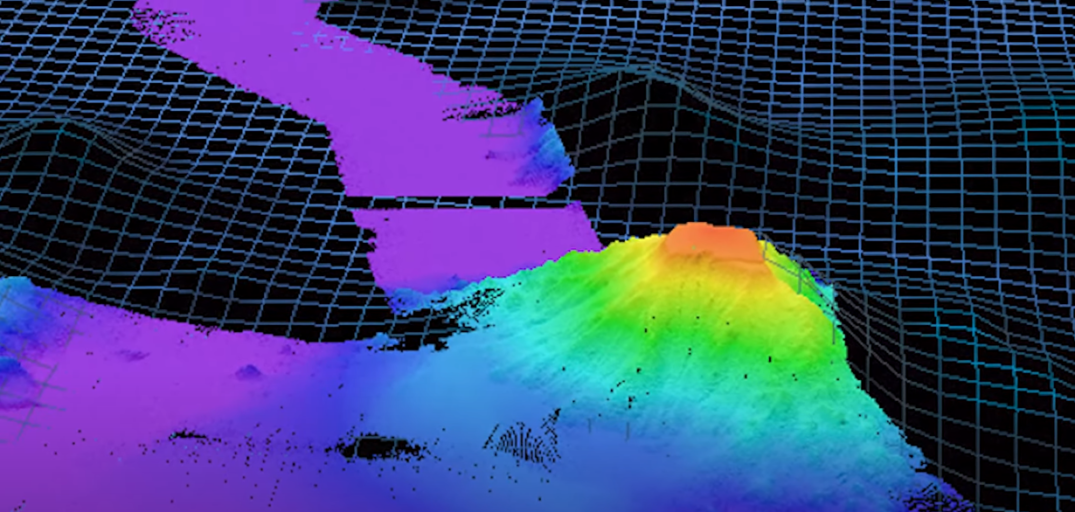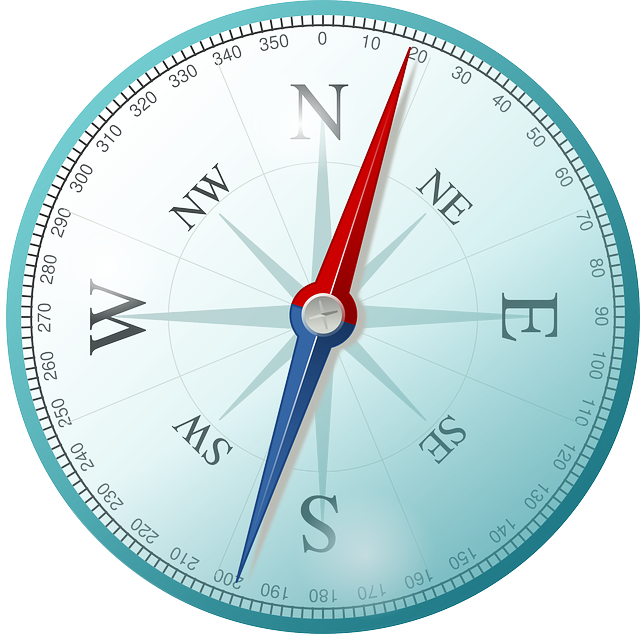Beneath the expansive stretch of the world’s oceans, a realm of uncharted enigma sprawls, hidden in the deep recesses. Despite the fact that water blankets around 70% of our planet’s surface, our comprehension of the hidden ocean depths pales in comparison to what we know about the lunar terrain. Bathymetry, the intricate art of gauging and charting underwater landscapes, assumes a pivotal role in deciphering the enigmas held by the oceanic floor, thus enriching our grasp of the intricate geological and oceanographic mechanisms that propel our planet’s evolution.
Exploring the Depths: What is Bathymetry?
Bathymetry constitutes the scientific domain concentrating on gauging and depicting the submerged panorama, encompassing the oceanic expanse, lakes, and rivers. This realm engages a medley of methodologies and technologies to forge intricate cartographies of the submerged terrain. The resulting bathymetric charts furnish invaluable perceptions into subaqueous geological configurations, seabed architectures, and even the dispersion of aquatic existence.
Methods of Bathymetric Data Collection
The process of bathymetric data collection has evolved significantly over time, thanks to technological advancements. Some of the primary methods include:
| Technique | Description |
|---|---|
| Sonar Systems | Sound Navigation and Ranging (SONAR) is a technique used in bathymetry. Sonar devices emit sound waves that travel through water, bouncing back after hitting objects or the seafloor. Researchers calculate depth and create seafloor profiles based on return time of sound waves. |
| Multibeam Sonar | An advanced sonar system emitting multiple sound beams at various angles, enabling detailed swathes of bathymetric data collection in one pass. Effective for quickly mapping large areas with high resolution. |
| Satellite Altimetry | Satellite altimeters bounce radar signals off the ocean surface to measure its height. This data helps infer bathymetric features such as underwater mountains and trenches. |
| LIDAR | Light Detection and Ranging (LIDAR) uses lasers to measure distances. In bathymetry, LIDAR-equipped aircraft or drones map shallow coastal areas and riverbeds. |
| Submersibles and ROVs | Remotely Operated Vehicles (ROVs) and manned submersibles equipped with sonar, cameras, and sensors allow precise exploration and bathymetric data collection from extreme depths. |
Applications of Bathymetry

Bathymetric data has a wide range of applications that extend beyond scientific research. Some key areas where bathymetry plays a vital role include:
- Navigation and Safety: Accurate bathymetric charts are essential for safe navigation, especially in shallow waters and near coastlines. Nautical charts that include detailed information about underwater hazards help prevent shipwrecks and maritime accidents;
- Resource Exploration: Bathymetric maps aid in identifying potential sites for underwater resource extraction, such as oil and gas reserves, minerals, and even renewable energy sources like underwater turbines;
- Environmental Management: By understanding underwater topography, researchers can better monitor and manage marine habitats, seafloor ecosystems, and areas vulnerable to erosion;
- Climate Research: Bathymetry contributes to the study of ocean circulation patterns, which play a critical role in regulating Earth’s climate. Mapping ocean basins helps scientists model and predict the effects of climate change on sea levels and currents;
- Geological Studies: Detailed bathymetric data sheds light on tectonic plate boundaries, underwater volcanoes, earthquakes, and other geological processes occurring on the seafloor.
Conclusion
The intricate science of bathymetry opens a window into the enigmatic world beneath our planet’s waters, giving us invaluable insights into underwater topography and ecology. Utilizing cutting-edge techniques such as SONAR, Multibeam Sonar, Satellite Altimetry, LIDAR, and the use of Submersibles and ROVs, bathymetry provides data that goes far beyond mere exploration. Its applications in navigation, resource exploration, environmental management, climate research, and geological studies make it an indispensable tool in modern science. As we continue to unravel the depths of our oceans, bathymetry will likely play an increasingly pivotal role in expanding our understanding of the Earth’s underwater realms and their influence on global systems.
FAQ
The Mariana Trench in the Pacific Ocean is home to the Challenger Deep, the deepest known point on Earth, reaching a depth of approximately 36,070 feet (10,994 meters).
Yes, bathymetric data can provide insights into the seafloor features that might trigger tsunamis, such as underwater landslides or the displacement of water due to tectonic activity.
The most comprehensive effort to map the entire ocean floor was undertaken by the General Bathymetric Chart of the Oceans (GEBCO) project. It combined data from ship soundings, satellite altimetry, and other sources to create a detailed bathymetric map.
The frequency of updates depends on the area and the purpose of the map. High-traffic maritime regions and areas with dynamic geological processes might require more frequent updates compared to relatively stable regions.
Bathymetrists encounter challenges such as limited data availability for remote regions, the vastness and depth of the oceans, and the need for advanced technology to explore extreme depths.
